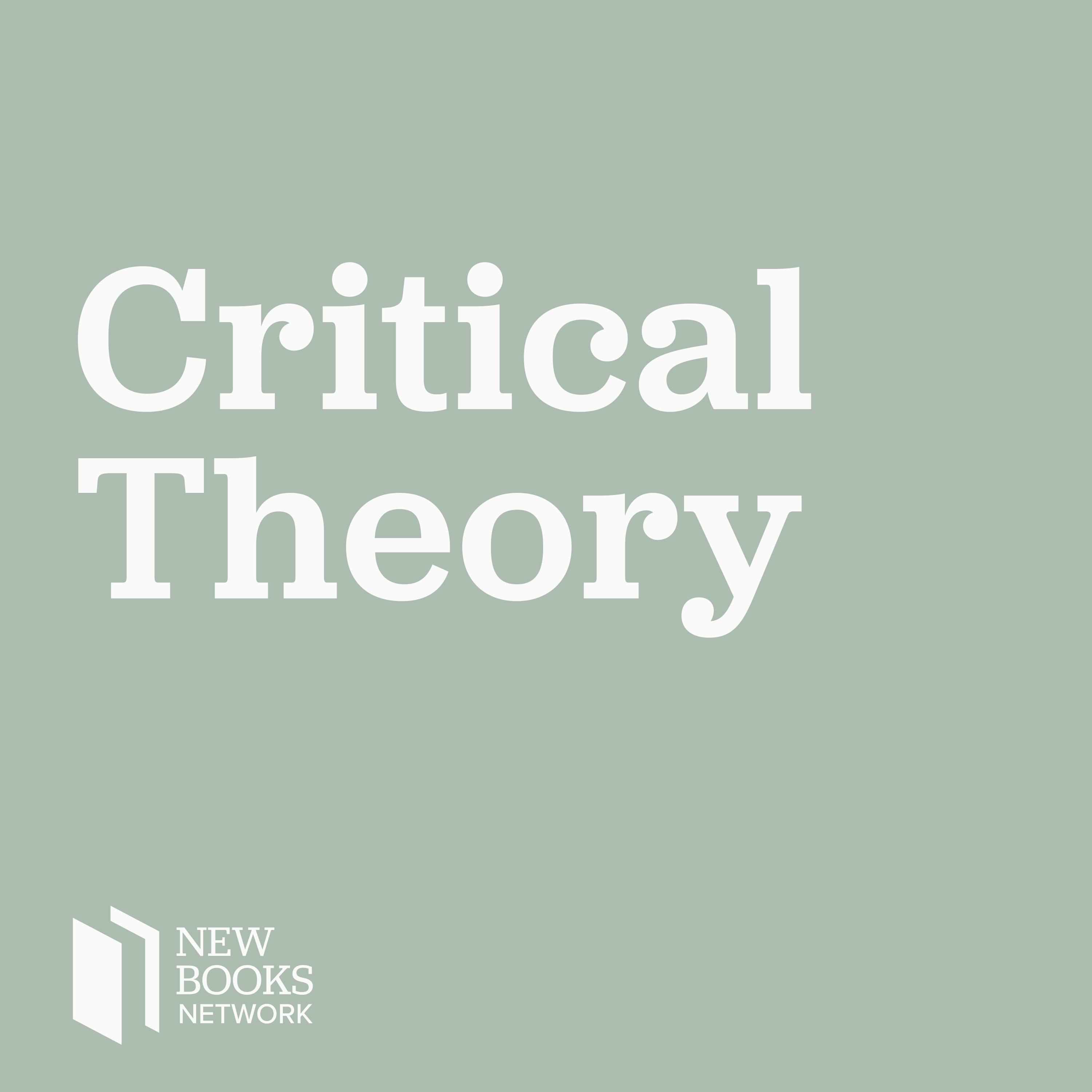
Jaleh Mansoor, "Universal Prostitution and Modernist Abstraction: A Counterhistory" (Duke UP, 2025)

New Books in Critical Theory
Deep Dive
Shownotes Transcript
Join me for conversation with Dr. Jaleh Mansoor) (Associate Professor of Art History in the Department of Art History, Visual Art, and Theory, University of British Columbia) about her book Universal Prostitution and Modernist Abstraction: A Counterhistory) (Duke University Press, 2025). Our discussion brought us to topics like the artists’ muse, the modern laborer, and other figures precariously suspended between the object/subject dialectic.
In Universal Prostitution and Modernist Abstraction, Dr. Mansoor provides a counternarrative of modernism and abstraction and a reexamination of Marxist aesthetics. Mansoor draws on Marx’s concept of prostitution—a conceptual device through which Marx allegorized modern labor—to think about the confluences of generalized and gendered labor in modern art. Analyzing works ranging from Édouard Manet’s Olympia and Georges Seurat’s The Models to contemporary work by Hito Steyerl and Hannah Black, she shows how avant-garde artists can detect changing modes of production and capitalist and biopolitical processes of abstraction that assign identities to subjects in the interest of value’s impersonal circulation. She demonstrates that art and abstraction resist modes of production and subjugation at the level of process and form rather than through referential representation. By studying gendered and generalized labor, abstraction, automation, and the worker, Mansoor shifts focus away from ideology, superstructure, and culture toward the ways art indexes crisis and transformation in the political economic base. Ultimately, she traces the outlines of a counterpraxis to capital while demonstrating how artworks give us a way to see through the abstractions of everyday life.
This episode was hosted by Asia Adomanis), a PhD student in the Department of History of Art at Ohio State.
Learn more about your ad choices. Visit megaphone.fm/adchoices)
Support our show by becoming a premium member! https://newbooksnetwork.supportingcast.fm/critical-theory)